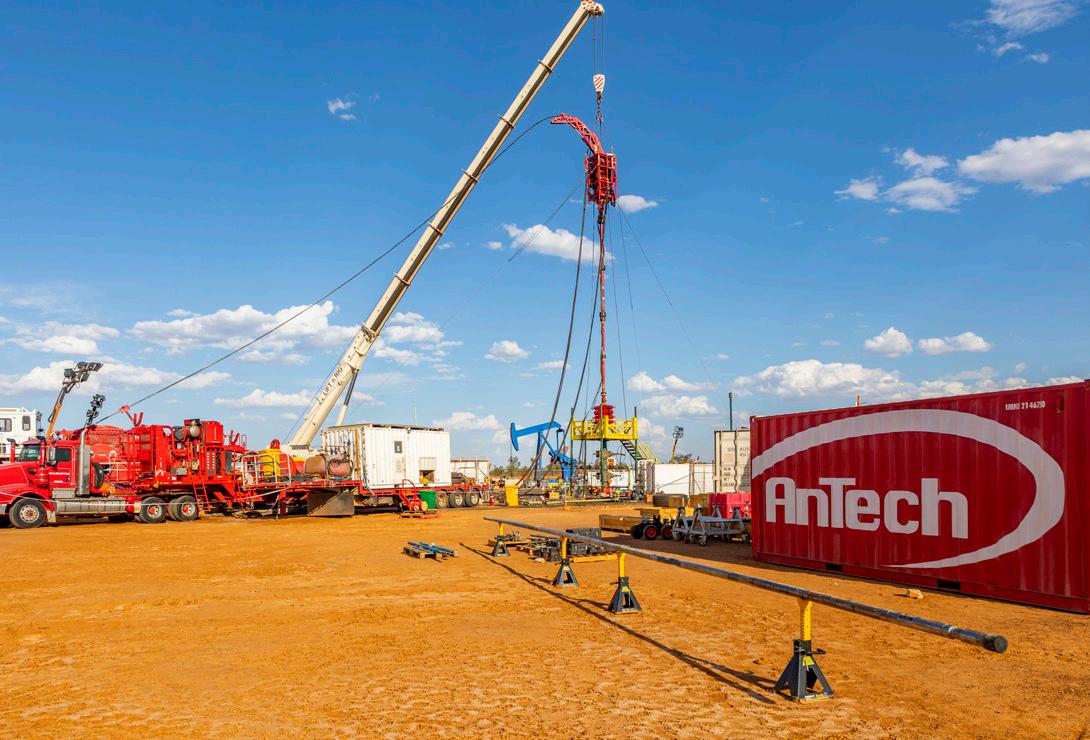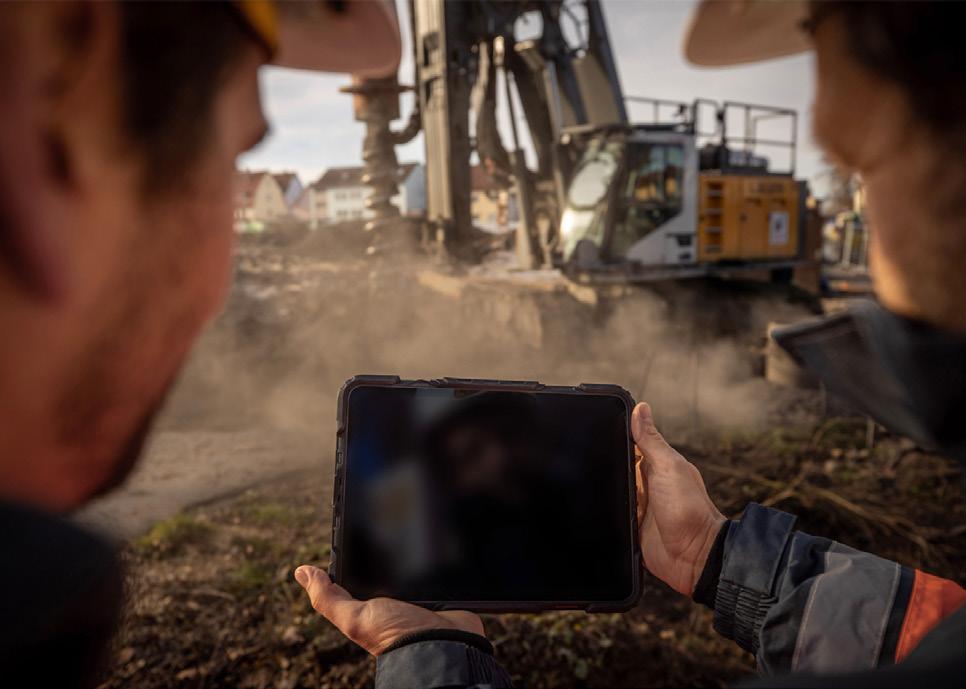Reducing CO2 Emissions Through the Selection of an Energy Efficient Artificial Lift Method
Norwegian Statistics has published a report detailing CO2 emissions from the Norwegian oil and gas industry /4/. The report is based on historical data on production levels, emission data, physical data, and commercial data from 41 fields on the Norwegian Continental Shelf from 1997 to 2013. One of the findings was that gas production is less emission intensive compared with oil production. Further, Hongkun Dong, Per Bloch Helmers, and Øyvind Reimers, Ltd, a declines and water cut oil production is increasingly emission intensive as theOneSubsea reservoir pressure Schlumberger Company increases as the field matures. This implies that the heavier the fluid is, the more energy demanding it is to produce. Artificial lift is often applied to enable production at an economically attractive level. For an offshore asset, this typically implies use of gas lift, electric submersible pumps (ESPs), Introduction seabed pumps, or a combination of gas lift and seabed pumps.
The United Nations has adopted a set of susoil and gas industry /4/. The report is based model is built to represent a typical production tainable development goals (SDGs) for attainon historical data on production levels, emissystem. This generic model will not be specific ment by 2030. Agencies such as IPIECA have sion data, physical data, and commercial data to any fields or reservoirs buteither will holdgas enough In this study, carbon emissions for a field requiring artificial lift is evaluated based on lift outlined how oil and gas industry contributes from 41 fields on the Norwegian Continental information to evaluate the relative differences or subsea pump system. The results are compared, and correlations are highlighted. To evaluate to SDGs /2/, one of the big contributions is Shelf from 1997 to 2013. One of the findings between the different cases. Sensitivities have this, efficiency, a purpose-made simulation model is production built to represent typicalbeen production system. This generic in energy which is related to powwas that gas is less emissionaintenperformed on tieback distances, number model will not be specific to any fields or reservoirs but will hold enough information to evaluate the er consumption as well as gas flaring. The IEA sive compared with oil production. Further, oil of wells, water cut, and water depth to obtain relative differences between the different cases. Sensitivities have been performed on tieback estimated that 46% percent of CO2 emission production is increasingly emission intensive as a comprehensive overview for the comparison. savings would comenumber from end-use efficiency the cut, reservoir cut a comprehensive overview for the distances, of wells, water andpressure waterdeclines depthandtowater obtain compared with 17% from renewable energy increases as the field matures. This implies that System and technology description comparison. /3/. the heavier the fluid is, the more energy deGas Lift System manding it is to produce. Artificial lift is often Gas lift is the most commonly used artificial lift SYSTEM DESCRIPTION In recent years, CO2AND emissionTECHNOLOGY in the oil and gas applied to enable production at an economitechnology for offshore wells and is often the industry has gained more attention on a global cally attractive level. For an offshore asset, base case for most reservoir engineers early in basis because of climate change. The industry this typically implies use of gas lift, electric a field’s development. A simplified schematGas Lift toward System focus is shifting more environmentally submersible pumps (ESPs), seabed pumps, or ic of a production system with downhole gas friendly alternatives to reduce the overall CO2 a combination of gas lift and seabed pumps. lift is shown in Fig. 1. Gas lift may be injected impact. Thislift change is also drivencommonly by new leg- used artificial lift technology for offshore into thewells well stream downhole at a Gas is the most and either is often the orbase islation that for regulates CO2 emissions, bothengineers naIn this early study, carbon a field reriser-base location. The former is considered case most reservoir in aemissions field’s fordevelopment. A simplified schematic of ina tionally and internationally. quiring artificial lift is evaluated based on eiproduction system with downhole gas lift is shown in Fig. 1. Gas this lift report. may be injected into the well ther gas lift or subsea pump system. The results stream either downhole or at a riser-base location. The former is considered in this report. Norwegian Statistics has published a report are compared, and correlations are highlighted. detailing CO2 emissions from the Norwegian To evaluate this, a purpose-made simulation Sep.
M
Production Flowline, increased frictional losses Gas Lift Flowline & Riser, frictional losses
Fig. 1: Gas lift system sketch. 53








